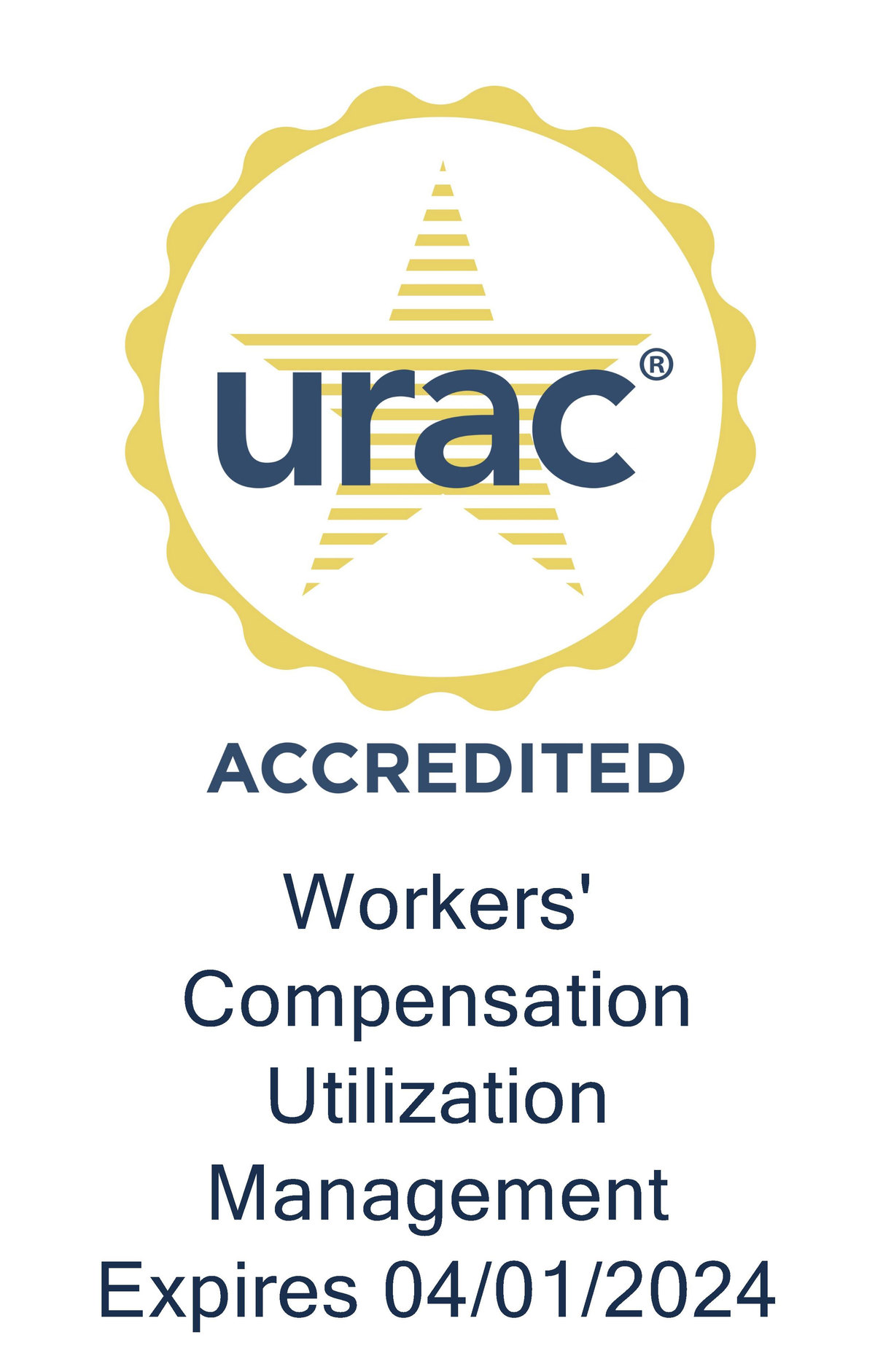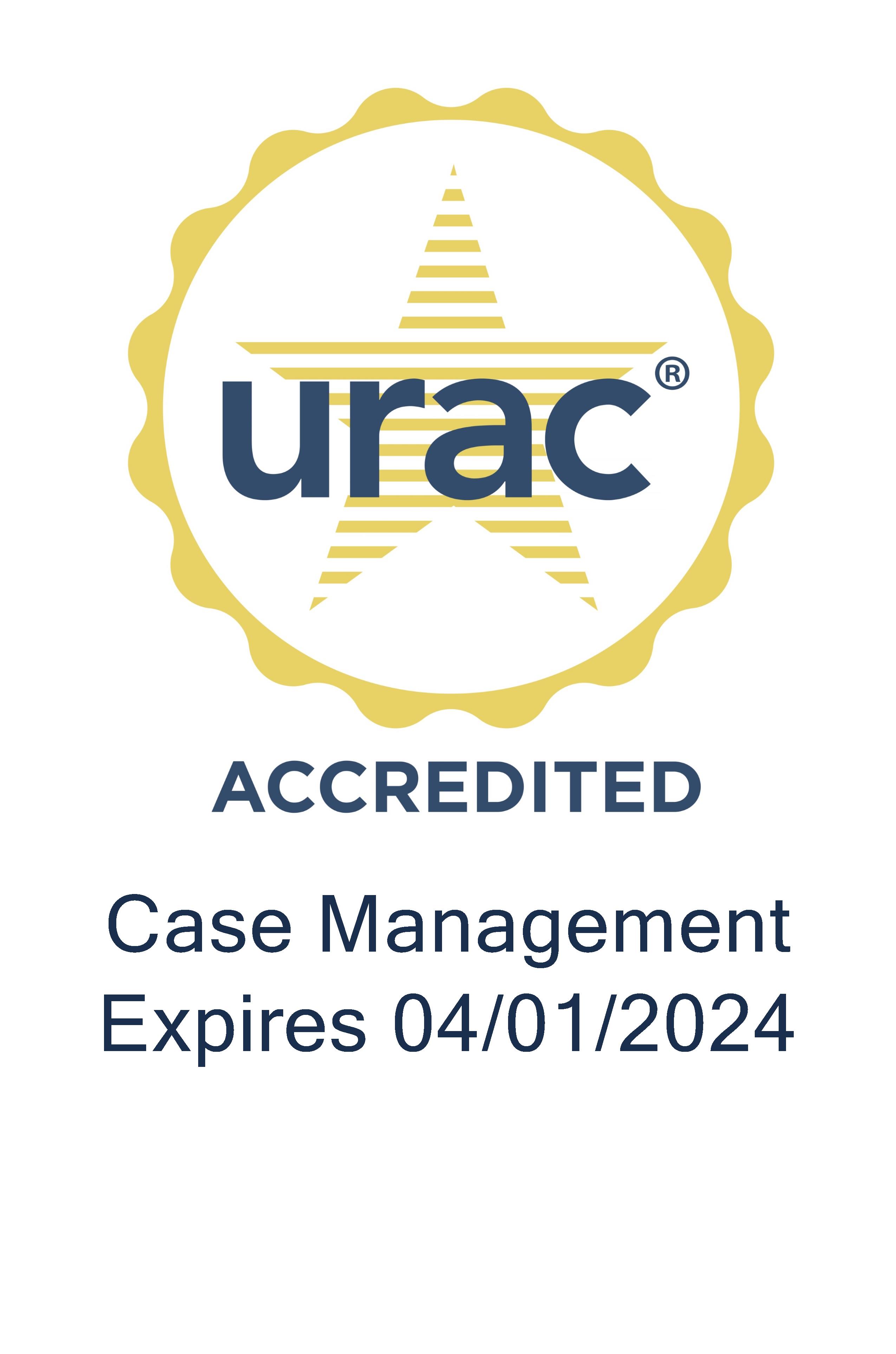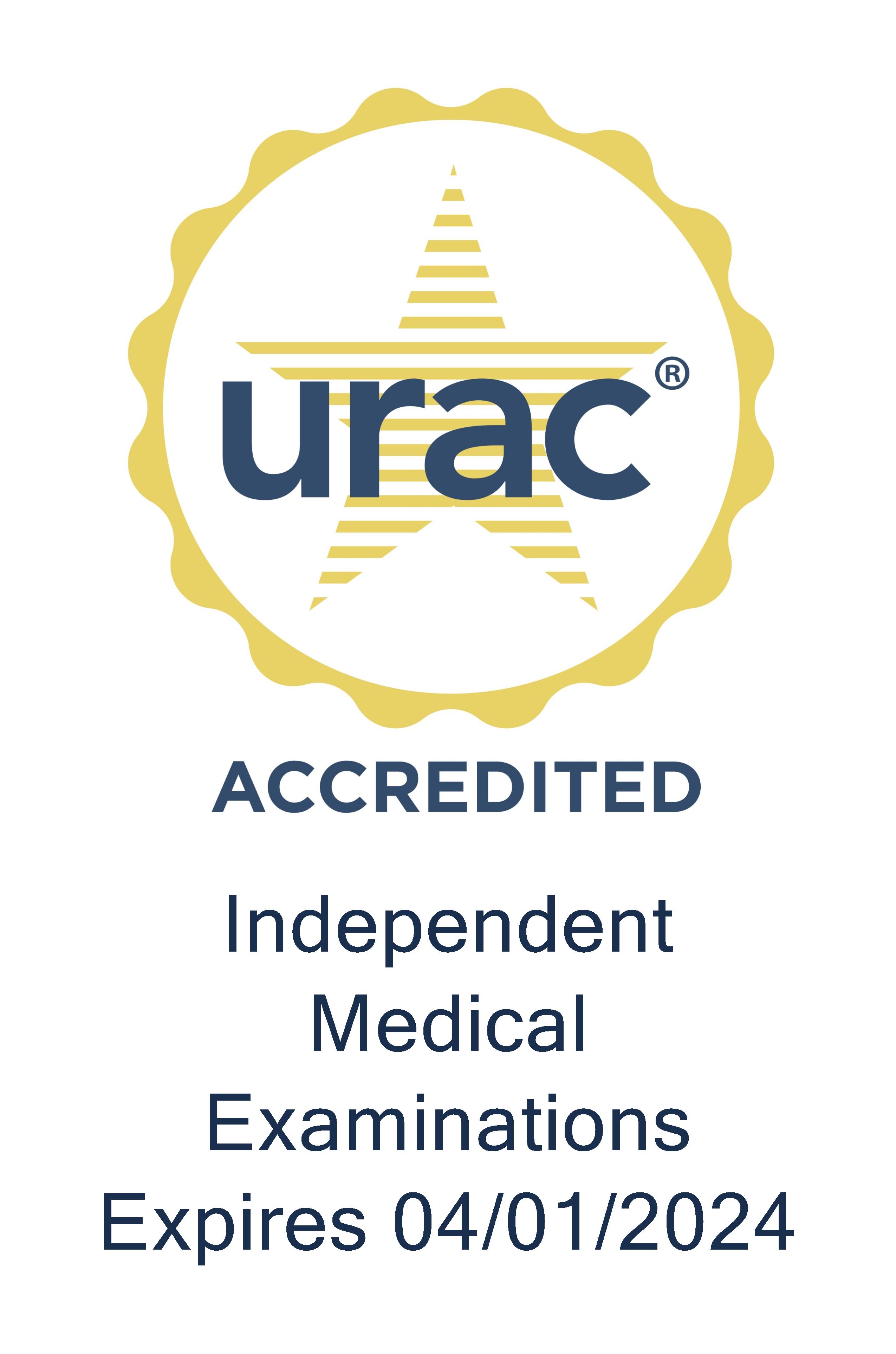Rigorous vs. Permissive Utilization Review: Beyond the ‘Rubber Stamp’
All utilization review (UR) programs are not created equal, and picking the inferior program can cause big problems for workers’ comp payers, especially with UR programs taking on a more prominent role in claims management. Genex’s Ron Skrocki explains how “rubber stamp” programs that approve too quickly can make things worse for everyone in involved in the claim.
{{ script_embed('wistia', 'jy6nbteycs', ' ', 'thumbnail=171px,301px,popover') }}
Tom Kerr (TK): I’m Tom Kerr, as utilization review takes a larger role in claims management, payers are challenged to find the right program that will get injured workers back on the job. Today, Ron Skrocki discusses the issue on Inside Workers’ Comp. Ron, thanks for joining us.
Ron Skrocki (RS): Great to be here, Tom. Thanks.
TK: Ron, utilization review is a process designed to ensure injured workers receive necessary treatment, but it doesn't always work out that way. Why is that?
RS: We see some process designs that just take too long. I think that's not an intent, but that is sometimes a consequence of programs in terms of how they're designed. We see programs that don't have a high degree of clinical rigor in them.
So, you've taken time to delay treatment and now you're not even applying what I would call a high level, or high fidelity, clinical process to the review; so, there are multiple sins here in some programs.
Then oftentimes, these programs are not very well‑designed or tuned, in that there's really not much analytics. There's not much data, there's not much reflection, redesign, or tuning of them; they are created to be minimally compliant, cheap in delivery, and they are pretty ineffective at identifying, and what I'll say is squeezing out unnecessary and unsafe medical treatment. There are a lot programs, utilization review programs today, that have those characteristics.
TK: One of the arguments against UR is that it slows the return‑to‑work process. What can payers do to ensure that their UR program actually helps?
RS: We want to expedite treatment. We don't want to rubber stamp it, but we want to be smart, informed, clinically rigorous, and efficient with the time. The best UR practices figure out the ones that you can say yes to very quickly — systems, guidelines engines, customized medical director rules, informed by your experience, by providers — to get to the yes fast.
Then immediately pivot, real time, into scheduling. The best practice UR systems would have that in them, so that's one way to ensure that the process is not an inhibitor or a delayer of return‑to‑work.
When you have decisions that require more clinical review, in order to ensure they're necessary and safe, those decisions also have to be made very quickly in a process that, in total, takes less than one-and-a-half to two days. That's how fast it needs to be.
Then. when you do get a clinically rigorous review, it's as important to not approve those from a return‑to‑work perspective. Unnecessary medical treatment isn't the right thing for the outcome of a claim. It isn't the right thing for the employee, it’s not cost effective, and it's not supportive of the goals of return‑to‑work.
TK: Thanks, Ron. In our next Inside Workers’ Comp, we’ll discuss strategies in choosing the right UR program. Until then, thanks for listening.
Part 2
When shopping for a utilization review company, it’s important to know what’s behind the price tag. What might seem like a good deal may hurt you down the road if the company hasn’t invested in the right personnel and technology to make the best decisions. In this podcast, Ron Skrocki offers factors to consider to make the right UR vendor choices.
Tom Kerr (TK): I’m Tom Kerr. In part one of our podcast on rigorous vs. permissive utilization review, Ron Skrocki discussed the challenges payers face in finding the right program. Today, we offer solutions to help payers make the right UR choices.
Ron, let’s talk about the personnel who actually conduct the reviews. Is there a really big difference?
Ron Skrocki (RS): Decision‑making that is primarily people‑based, and the people that doing it are typically nurses.
More and more typically, they're not US‑based, they are typically collaborating in an ad hoc, unstructured way with claims examiners. And then, of course, you've got escalation to a specialty match physician for those treatments that you really think need that rigor or need that level of expertise in order to modify or recommend denial of treatment.
That last part of it is connected to the case management process. In other words, case managers actually do some of this work in some models. We think it's important that this process be separate — an objective review of a treatment request in the context of treatment history and the patient's condition.
Recommendations from it should come from a combination of guidelines, mandated by the regulatory environment, evidence‑based, and input from medical directors, and past data. It should be highly automated. It should then be reviewed at a very strong and independent clinical level. Our model would advocate physicians, not nurses, because a lot of what the traditional nurse piece would have been is already in the box.
And then those recommendations should cleanly and quickly come out of the process, and be fed to adjusters and nurses.
TK: So what’s the advantage of using physicians early on in the process?
RS: A lot of these processes don't leverage physician time very efficiently. They either use physicians too much on the second level, they take too much of their time, they're too manually paper‑based, and they cost too much for that.
Our model is optimized for the use of the system to automate, and then a very specifically optimized use of a physician piece when, and only when, it's needed. The total effect of that is faster in terms of the decision for approval, modification, or recommend of not approval.
TK: What factors should companies look for in finding a UR program that works best for them?
RS: You have to understand what the client's trying to accomplish with UR. We can automate a large percentage of these decisions, but our clients have different comfort levels with that. You need to support models in between, where maybe we can agree that I'm not ready to go to as highly as automated without consultation model as maybe the technology supports, and your history and our expertise supports, but I'm willing to get there incrementally. You can begin to tune that down.
The other question that needs to be asked, what's the impact on your medical spend, on your return‑to‑work and your total cost of claims? If you are approving at a very, very high level permissively, and you're doing it in a three‑ to four‑day process, and you're paying a certain rate, you might think that you're doing fine. Your UR expenses aren't going up. “I've not gotten fined by the state."
On the other hand, you might look at a model that is more evolved, more automated, more aggressive, and has higher clinical fidelity in terms of what the system does, versus what physicians do on the first and second levels.
You're going to see higher escalations. You're going to see higher denials or modifications. You're going to see those in the area of medications. You're going to see that in the area of surgeries, diagnostics, and PT. Those are the typically categories that people ask for more than they need. If you want to wring that out, you can do that in a process that virtually reduces the appeals.
The providers know these procedures are not necessary. They are nice‑to‑haves. We have data that shows that when you take them out, you don't cause noise with the providers, you don't cause dissatisfaction with injured workers. You drive down your medical costs, and your total cost to claim.
You can go old school, and remain in there comfortably, or we can start to leverage the learnings, the technology and the insight from an expert in the field.
TK: Thanks, Ron. In our next Inside Workers’ Comp, we’ll take a look at best practices for catastrophic injury management. Until then thanks for listening.






